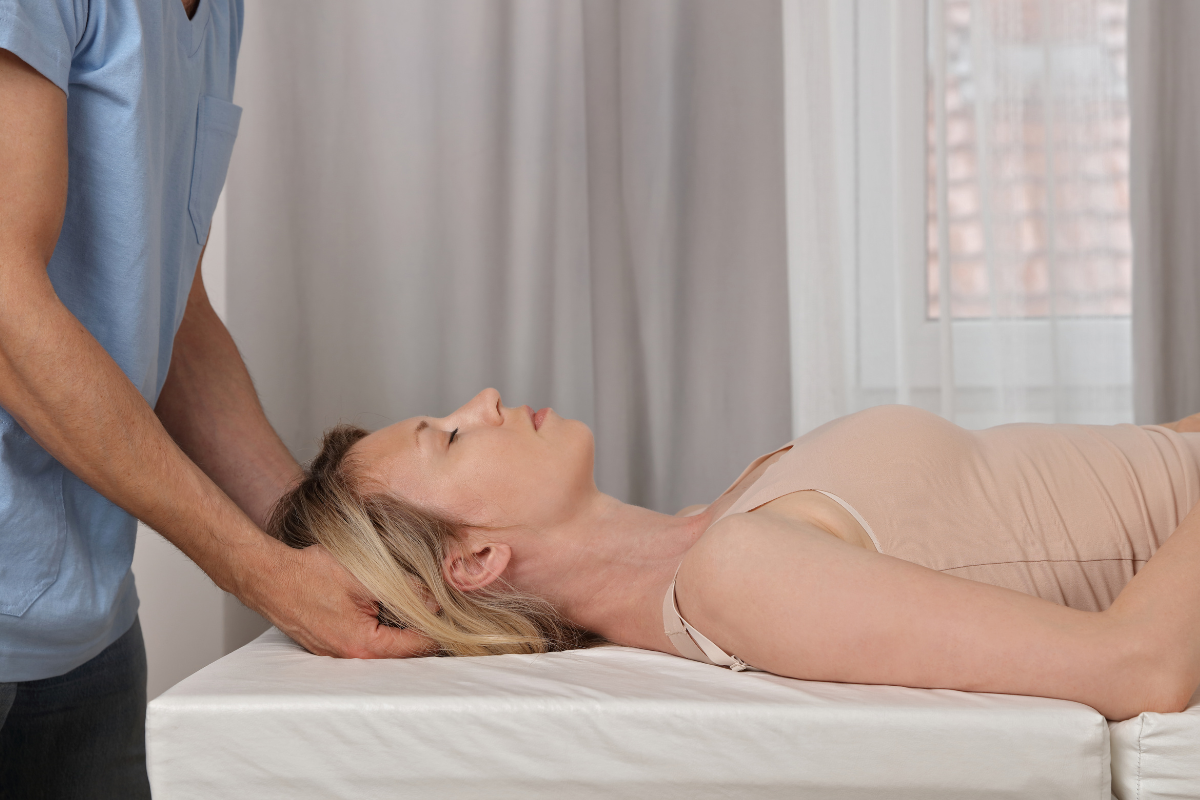Craniosacral therapy, also known as cranio-sacral therapy, belongs to the category of alternative therapies. It is mainly used by specialists in osteopathy and physiotherapy. With the aim of improving patients' wellbeing. Patients usually present with intractable symptoms of headaches, neck pain, fibromyalgia and problems of a psychological nature. However, despite its many proponents, this form of therapy has not yet been validated in scientific studies.
What does craniosacral therapy involve?
The American osteopathic physician John Upledger emerged as an important figure in promoting the modern approach to craniosacral therapy. Where he assumed the existence of a cycle of cerebrospinal fluid production and absorption and its effect on the functioning of various tissues in the body. John Upledger worked with the unique rhythms of different systems in the body to identify and treat root problems.
Craniosacral therapy is based on the belief that there are movement restrictions in the cranial sutures. These can negatively affect the transmission of rhythmic impulses through the craniosacral fluid from the cranium to the sacrum. All structures in contact with this fluid, including the brain, spinal cord and its surrounding membranes, are considered an integral part of this system and could potentially be affected by it. In addition, other structures in the body can be affected through connections to the peripheral nervous system or through musculoskeletal movement.
Craniosacral therapy procedures include gentle holding of the head and sacrum and subtle manipulation. It is a form of therapy characterised by low-impact interventions, where practitioners believe that even minimal pressure of 5-20g can have significant benefits by regulating pressure and circulation of cerebrospinal fluid.
How does cerebrospinal fluid move?
Proponents of the therapy described believe that there is a pulsatile rhythm to the flow of cerebrospinal fluid. It is independent of the respiratory cycle and can be assessed by palpation on the structures through which it flows. Different sources report different frequencies of cranial bone expansion and contraction at a rate of 6-12 to 10-14 per minute. The ability to assess the rhythm of cerebrospinal fluid and potential disturbances in its flow is the foundation of diagnosis in craniosacral therapy. However, according to research, this rhythm is not possible to study unequivocally.

There are clues suggesting the possibility of movement between cranial bones in adult humans, but there is no evidence that manual manipulation can affect the movement of these bones relative to each other. An animal study simulating craniosacral therapy showed that pressure of 5-20 g on the cranial bones has no effect on either the flow of cerebrospinal fluid or the mobility of the bones in the skull. Hence, it can be concluded that this is also unlikely to be the case in the human adult skull.
Craniosacral therapy and benefits
The stimulation of the senses has extraordinary healing properties. It provides relief and reassurance. We need physical contact for our nervous system to develop properly. Touch supports the process of growth, health and overall well-being. Similar to a massage, during craniosacral therapy the body is transported into a state of deep relaxation. For people suffering from stress or fatigue, this can be a nice moment of respite. It can be for someone a method for relieving tension and stress.




